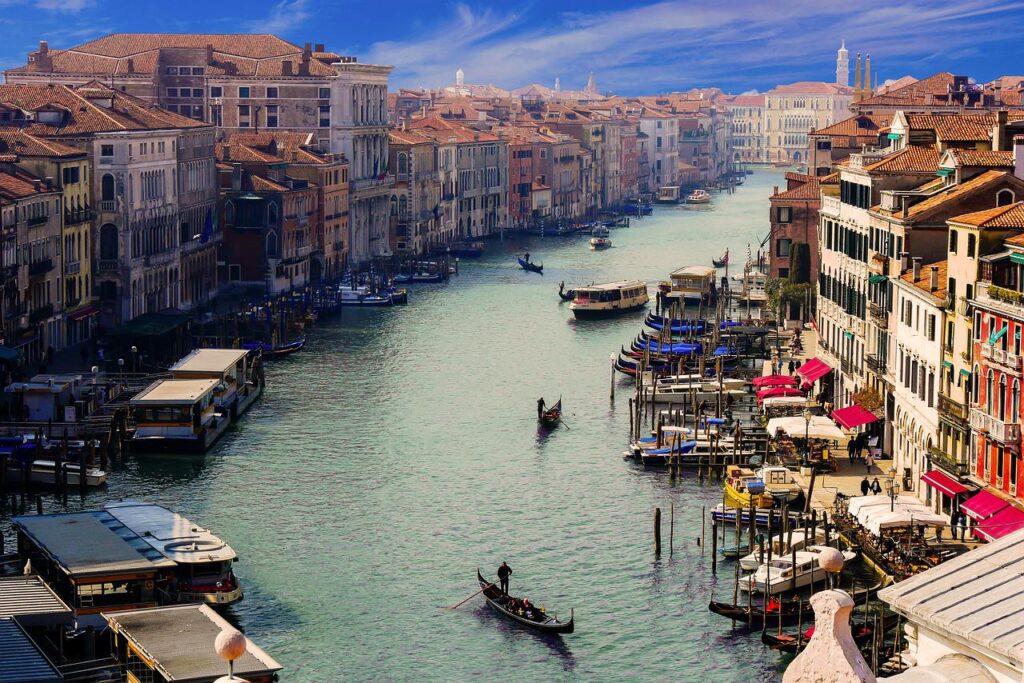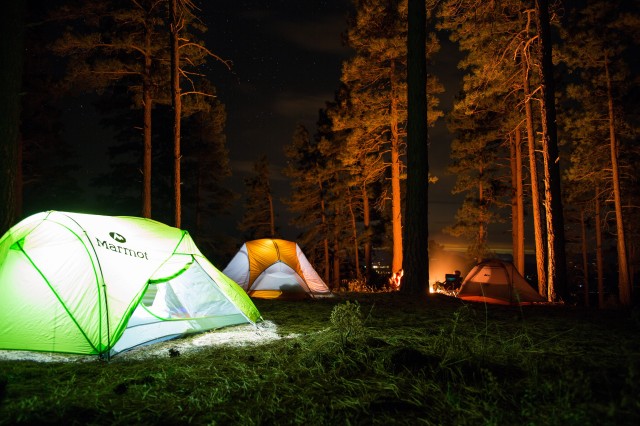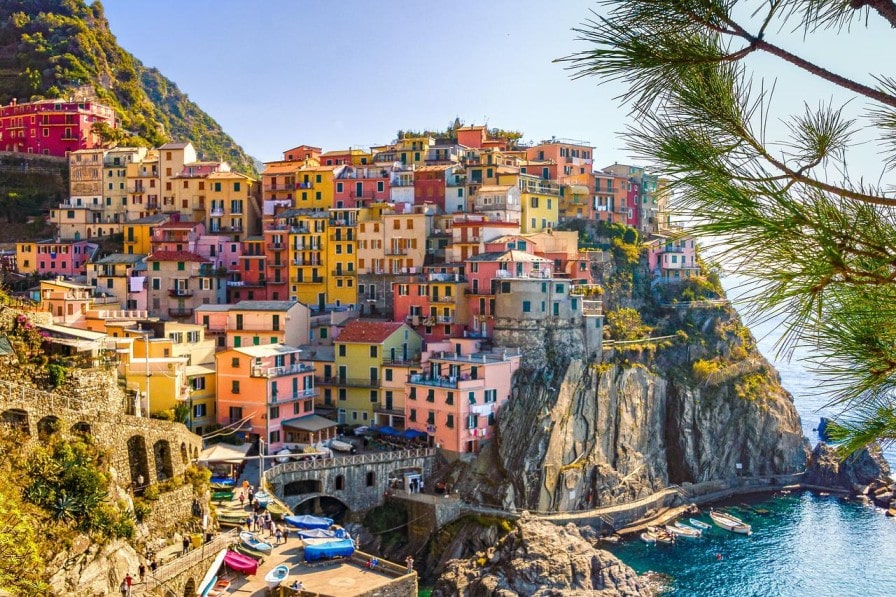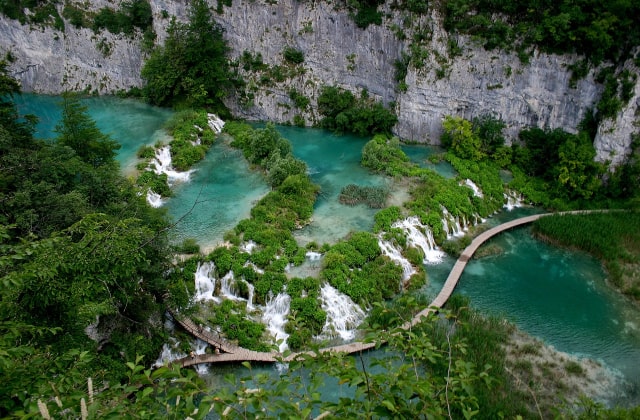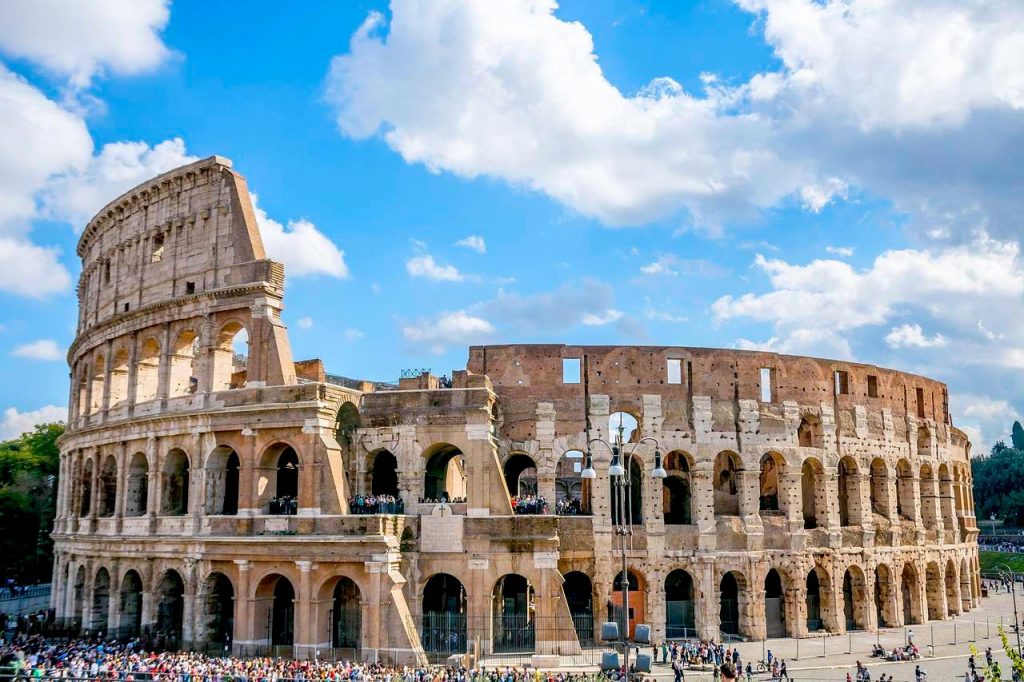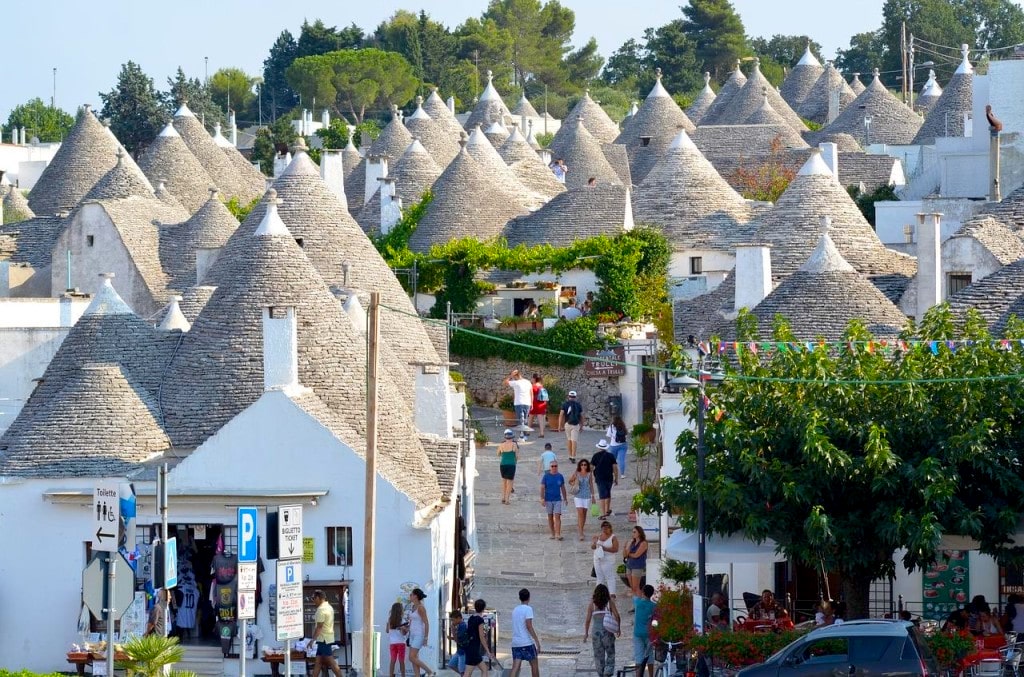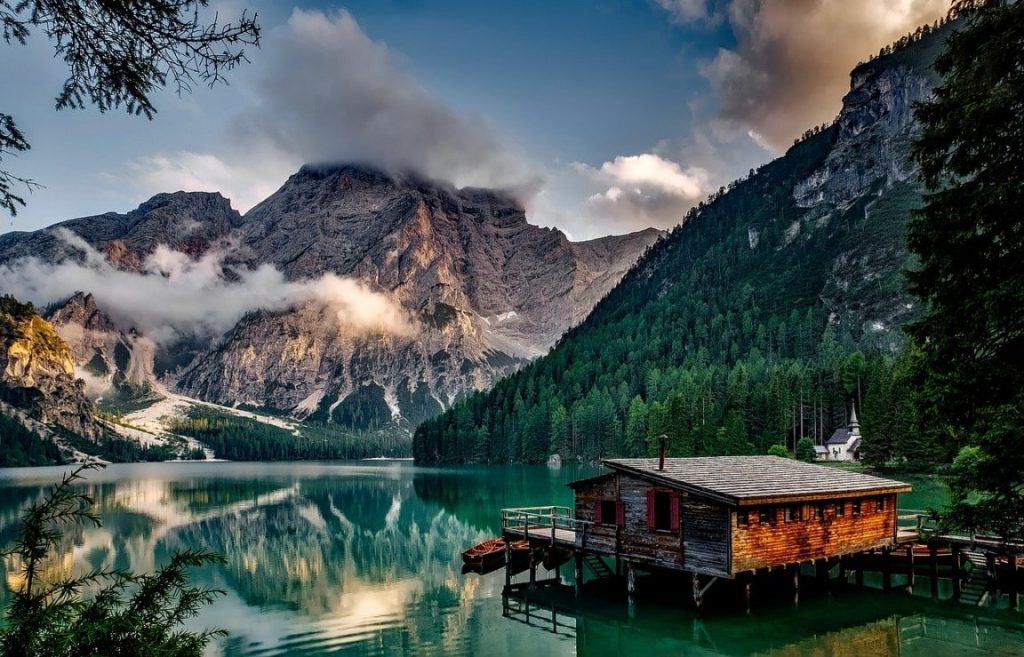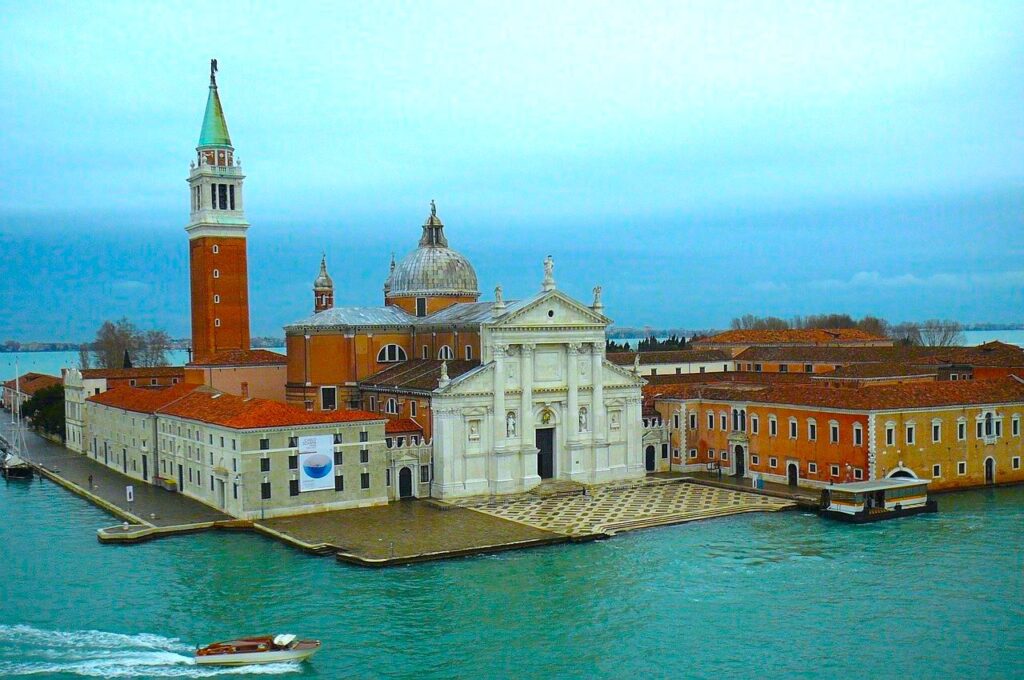The city of Venice is comprised of several islands, each of which is connected by a network of canals. The Grande Canal is the largest of these waterways. This gigantic canal, which is more like a river, runs from one end of Venice to the other before making a dramatic S-bend through the city’s geographic center.
Only four bridges cross the grand canal since most pedestrian and vehicular traffic moves beside the canal rather than across it. You may stroll down the canal, taking in the architecture of the buildings along it and the activity on the water.
The Grand Canal is a major tourist attraction and a vital link between the city’s other famous landmarks. Venice’s main thoroughfare is filled with gondolas and boats transporting goods to the nearby market.
One of the most popular evening activities in Venice is visiting palaces after dark to see their sparkling interiors illuminated. The following is a list of places and things to do in the sequence in which they appear along the Grand Canal from San Marco to Ponte della Costituzione. This guide will ensure that you see everything of interest along the Grand Canal.
Grand Canal Visit Places Map
Things to do in Grand Canal
01Santa Maria della Salute

Santa Maria Della Salute is located on the other side of the grand canal from St. Mark’s Basilica, making it the second most well-known church in Venice.
Contrasts and distinguishes itself from the architecture of its surroundings. This church, which features a Baroque architectural style, was finished in 1687 and is recognized by the Roman Catholic Church as a minor basilica.
The structure is situated in the center of the Grand Canal. Its façade is adorned with four statues depicting the apostles. In addition, the primary dome rises above the surrounding landscape. The interior provides the appearance that it is very spacious, and the hexagonal layout ensures that plenty of light can enter.
This basilica is extremely attractive to the eye and has a great lot of symmetry, despite the fact that it is not as elaborately ornamented as some of the other churches in Italy.
02Peggy Guggenheim Collection
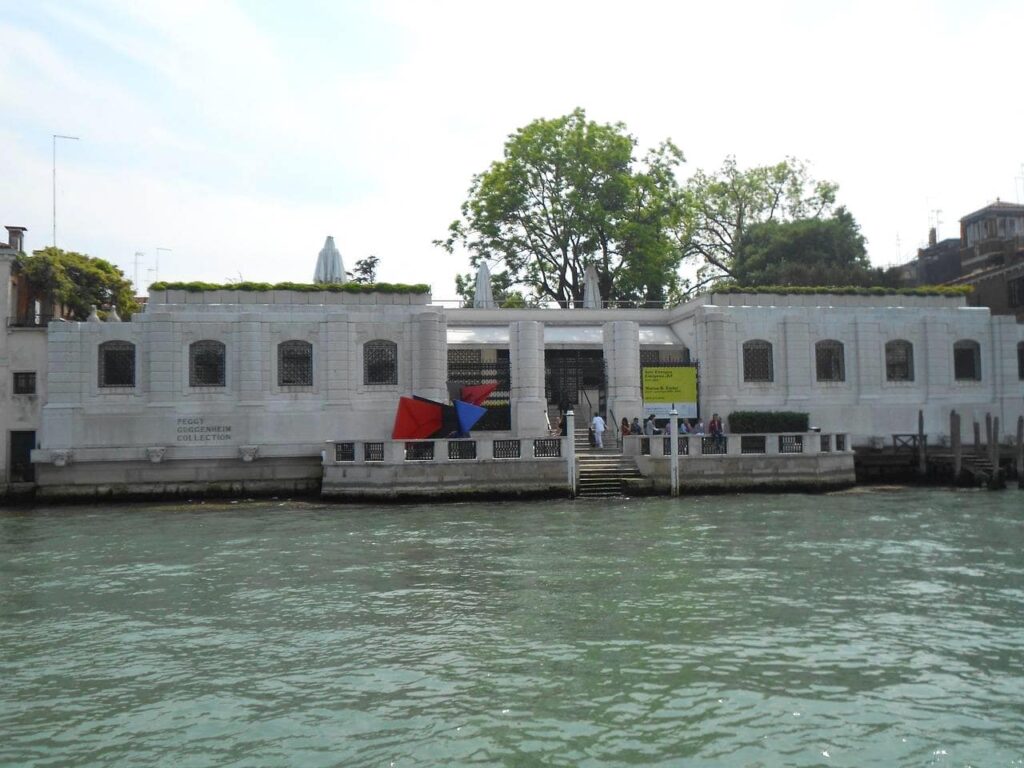
Peggy Guggenheim, an American art collector, opened her museum in Venice in 1949 on the building’s sole level, which featured works of abstract, cubist, and surrealist painting and sculpture.
You might catch a glimpse of Marino Marini’s Angel of the City monument, an equestrian figure perched on the terrace as your Vaporetto goes by. You can get off the Vaporetto at either the Accademia stop or the Santa Maria Della Salute to get to the museum.
The collection of works
- Max Ernst
- Salvador Dali
- Pablo Picasso
- Marc Chagall
- Rene Magritte
- Paul Klee
- Georges Braque
- Jackson Pollock
- Piet Mondrian
- Fernand Léger
- Joan Miro
Official website: www.guggenheim-venice.it
03Palazzo Corner della Ca’ Grande
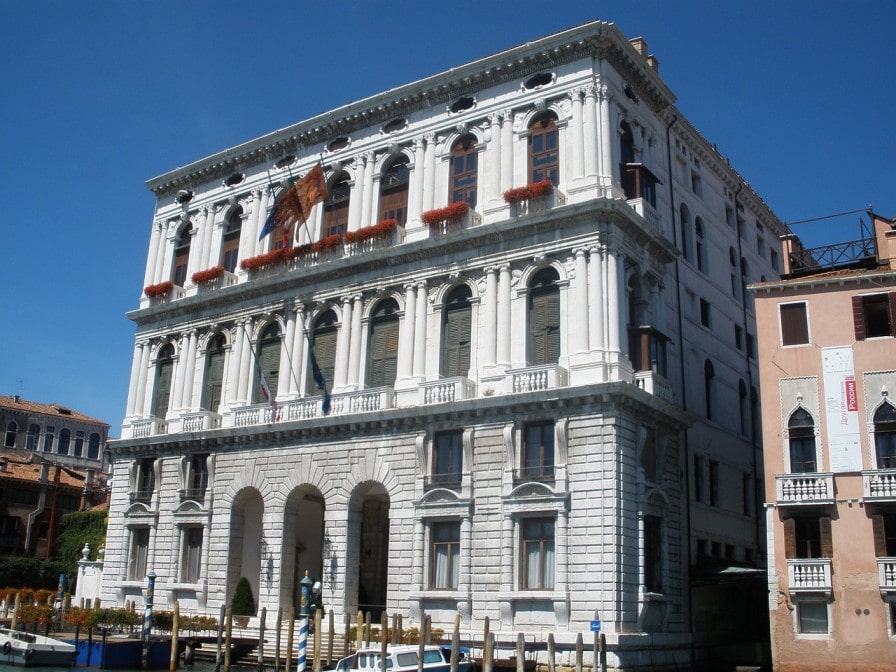
Palazzo Corner della Ca’ Grande is one of Venice’s most impressive specimens of architecture. It is located merely across the street from the Guggenheim. This enormous castle was given the Venetian dialect appellation “Ca’ Grande,” which translates to “great home.”
Jacopo Sansovino, an Italian builder and artist, was responsible for its construction in 1545. The influential Cornaro family commissioned it. One of the very first commissions that Sansivino received in Venice was for this work.
04Ponte dell’Accademia & Academy of Fine Arts
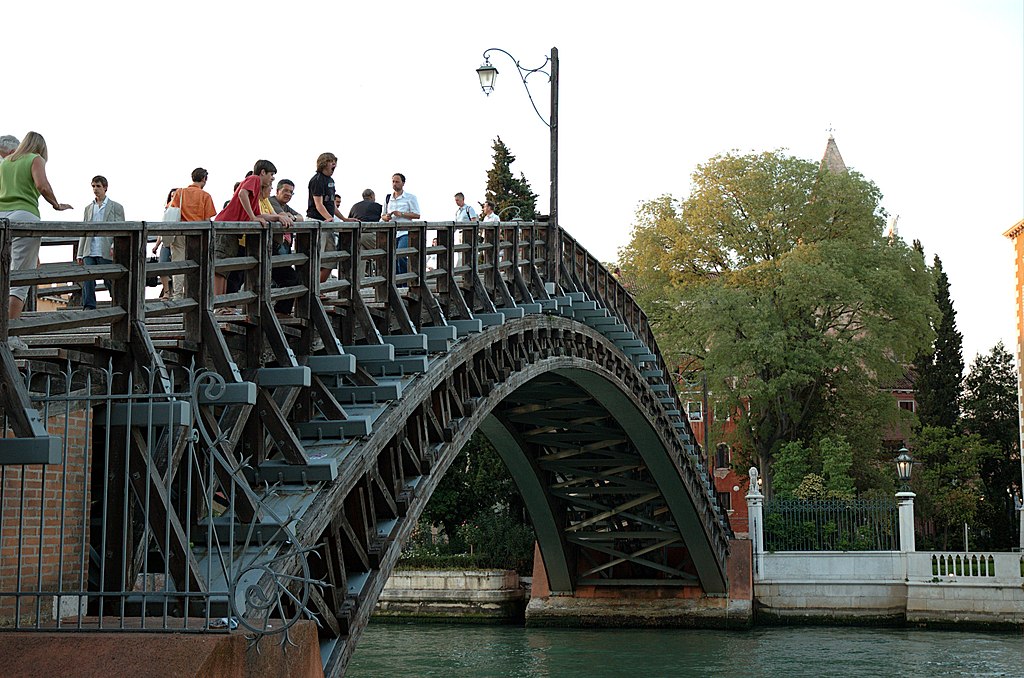
Ponte di Rialto was the only bridge that crossed the Grand Canal for many centuries. Who had ruled Venice since 1815, built a short iron bridge that connected San Marco to Dorsoduro. Before that, Ponte di Rialto was the one and only bridge that crossed the Grand Canal. In 1932, it was rebuilt as a “temporary” wooden bridge. Still, the residents of Venice liked it so much that it was never changed out for a stone bridge as was originally planned.
Towards the Dorsoduro, the end is the Accademia, Venice’s best art museum housed in the old Santa Maria della Carità Monastery from the 16th century. Works by such artists as Paolo Veronese, Titian, Tintoretto, the Bellinis, Carpaccio, Canaletto, and Tiepolo may be found in the museum’s permanent collection.
Suggested Trailoka: Best Visiting and Relaxing Places in Italy
05Palazzo Grassi
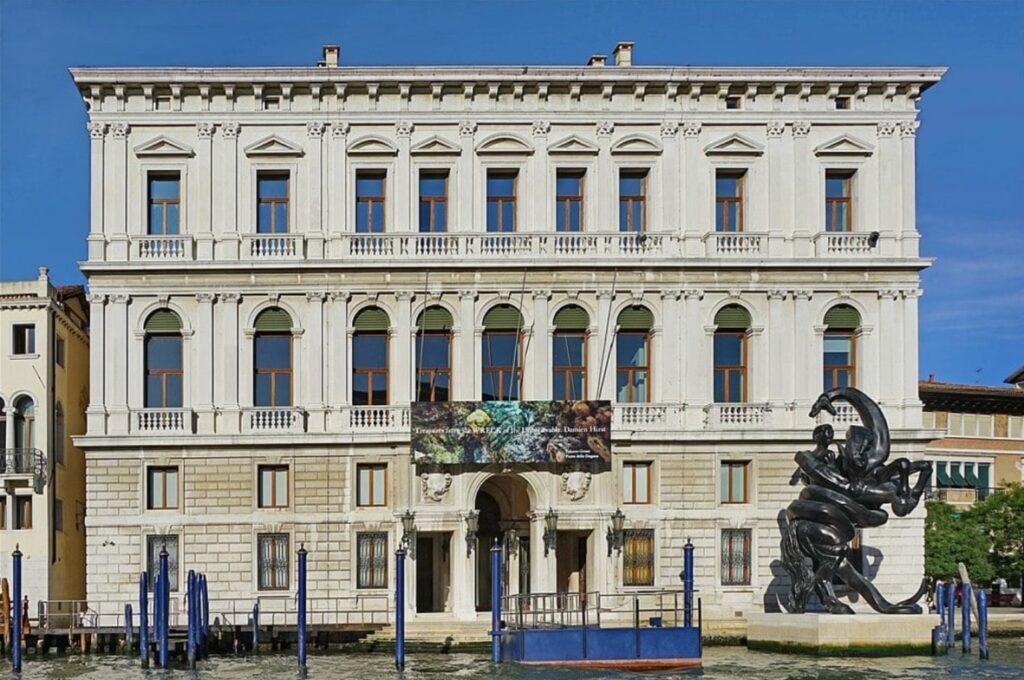
The front of the three-story Palazzo Grassi, which is located on the opposite bank, combines Baroque and Classical design elements. It was the final palace to be completed on the Grand Canal before the fall of the Venetian Republic in 1797. It was built according to plans drawn up by Giorgio Massari, who utilized a ground plan unusual for Venice, consisting of four wings surrounding a rectangular courtyard.
After the palace was purchased by the Fiat Motor Company, it underwent substantial restorations and modifications, one of which was the covering of the courtyard. Today, the courtyard and the rest of the palace are both used for displaying exhibits. The intriguing nature of the building lies in the fact that it successfully combines traditional Neoclassical architecture with contemporary architectural styles.
06Ca’ Rezzonico & The Museum of 18th-Century
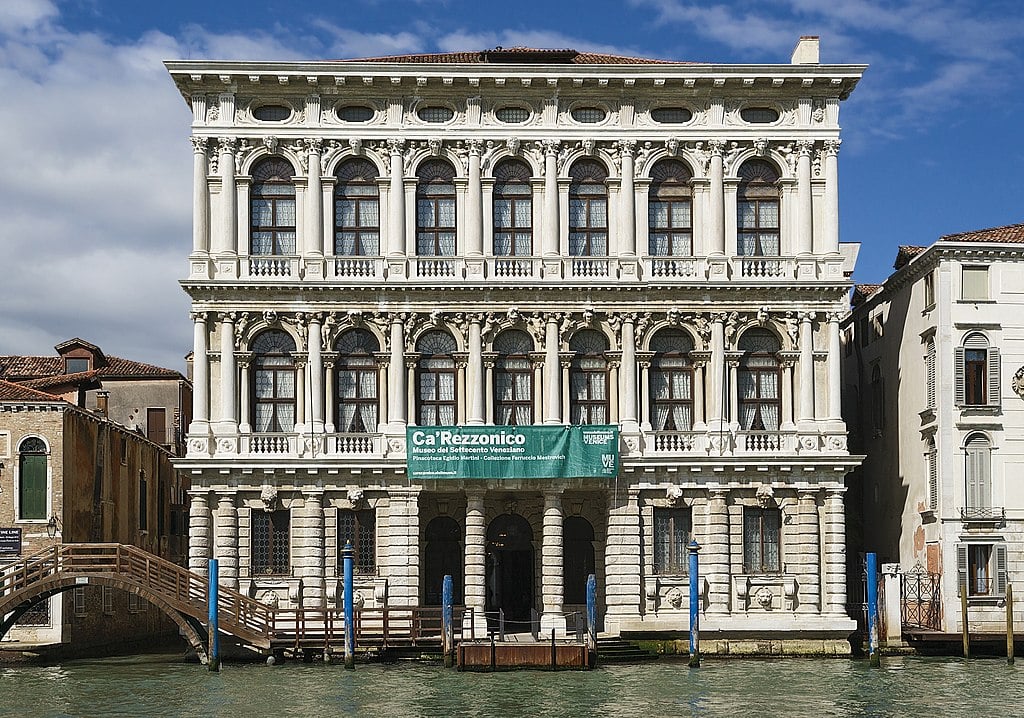
You may see the gigantic Ca’ Rezzonico, a collaboration between two illustrious architects, on the left as the canal begins its lengthy curve to the right. Starting in 1660, with help from Venice’s best Baroque architect, Baldassare Longhena, Giorgio Massari was able to finish the project.
The Museum of Eighteenth-Century Venice is now located there, giving visitors a fascinating look into Venetian life during the Rococo era. The 40 rooms showcase the opulent period design and furnishings, such as Chinoiserie and lacquered pieces. It features authentic Venetian clothing from the 18th century, as well as ceramics and pottery from the region, bronzes, and puppets. On the third floor, you’ll find a theater and a painstakingly recreated pharmacy from the 18th century.
07Ca’ Foscari
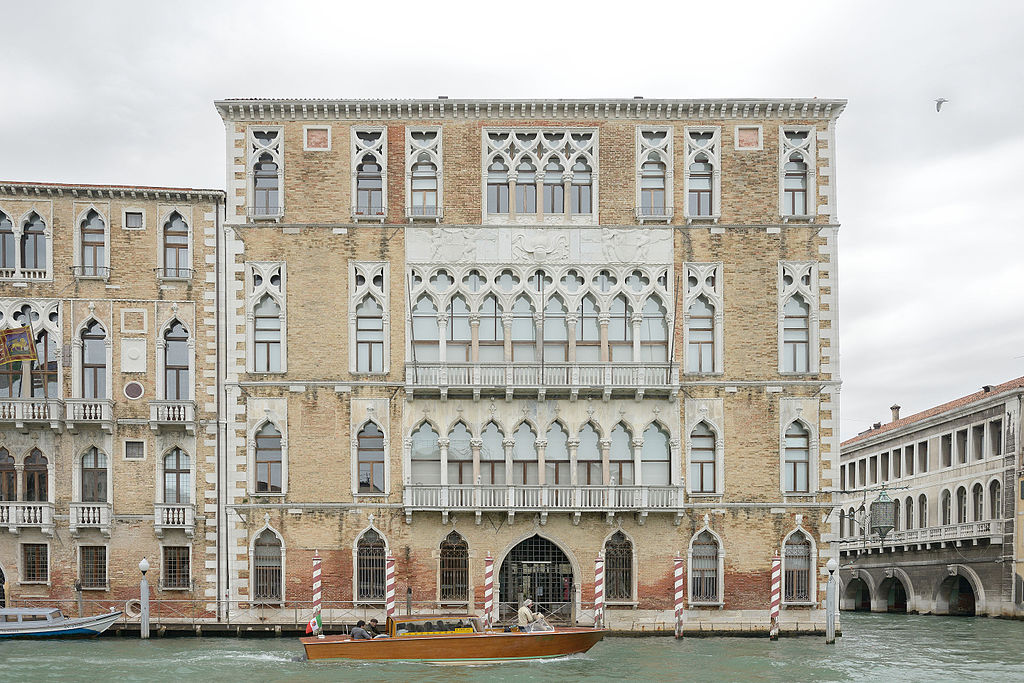
After passing Ca’ Rezzonico, you’ll find Ca’ Foscari, which was also commissioned by Doge Francesco Foscari but had an unprecedented innovation at the time it was built four stories. The palace is still considered among the most significant examples of Venetian Late Gothic architecture. The French monarch Henry III made the palace his home in 1574.
08Ponte di Rialto (Rialto Bridge)

The Ponte di Rialto is the most notable and iconic of the many bridges that span Venice’s magnificent Grand Canal. Although it’s difficult to tear your gaze away from the palaces that remain to line the Grand Canal’s sides, the familiar shape of Rialto Bridge becomes visible up ahead as the canal starts to straighten out again. In 1180, a wooden bridge was erected on this site; a drawbridge replaced it in subsequent years, but it was destroyed by a big crowd milling about on it during a boat procession in 1444.
The Venetians constructed this stone bridge, built by Antonio de Ponte in 1588, about 150 years after the bridge’s initial construction. There are 6,000 timber piles on either side of the 22-meter-long bridge.
Rialto is where you should go if you want to see the renowned bridge and the rest of the San Polo area. This is the best stop for finding the San Polo neighborhood. In addition, the bridge features several stores selling everything from tourist trinkets to fine jewelry.
09Fondaco dei Tedeschi (German Commodity Exchange)
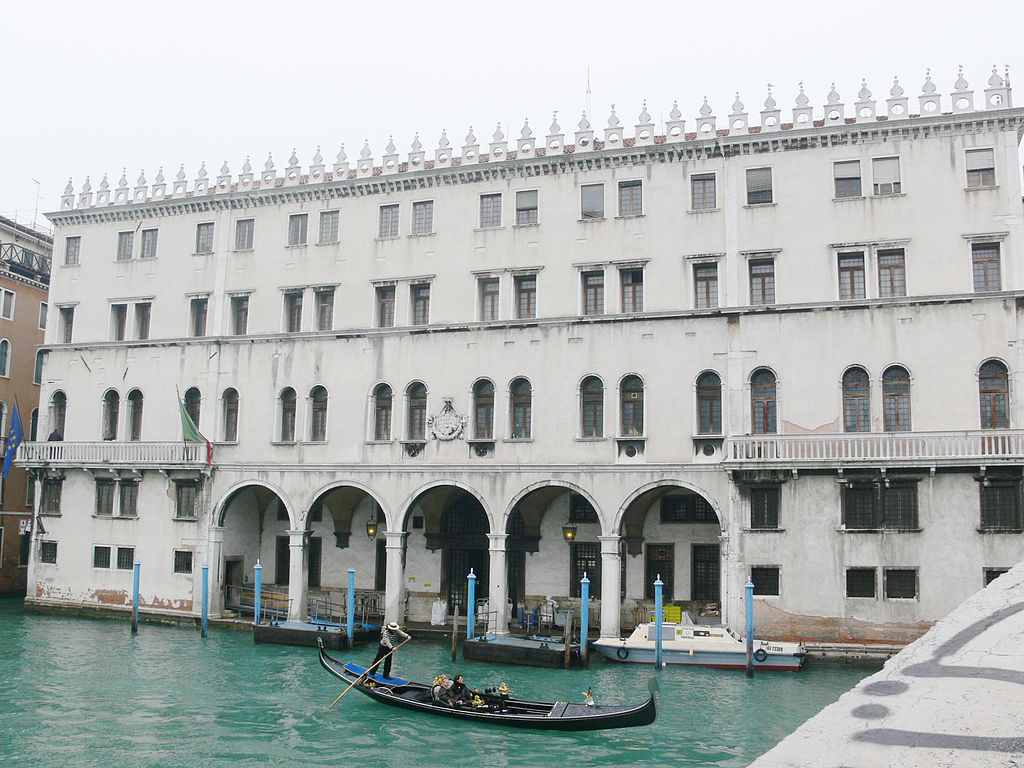
Since at least 1228, this prominent position on the San Marco side of the Rialto Bridge has been home to the “German” merchants who plied their trade in Venice. Their business was so beneficial to the Republic that Venice paid to have it rebuilt after a fire and hired artists like Titian to adorn the interior. In exchange, Venice demanded a hefty commission on all sales made in the Republic.
This is why the Fondaco was referred to as “the gilded ark of the Senate” during the 16th and 17th centuries. Merchants were not allowed to appear publicly or do business outside the exchange. Thus, it served as a haven for them and a site of commerce.
The right side of the building, which faces the Canal Grande, features a traditional three-story Venetian facade. There is a Portico with five arches in the center. Stores and warehouses occupied the bottom floor, while apartments and workplaces occupied the upper stories. The structure is now a shopping mall, and from its rooftop observation deck, you can take in breathtaking vistas of the surrounding area. There is no cost to reserve a spot on the patio in advance.
10Ca’ da Mosto
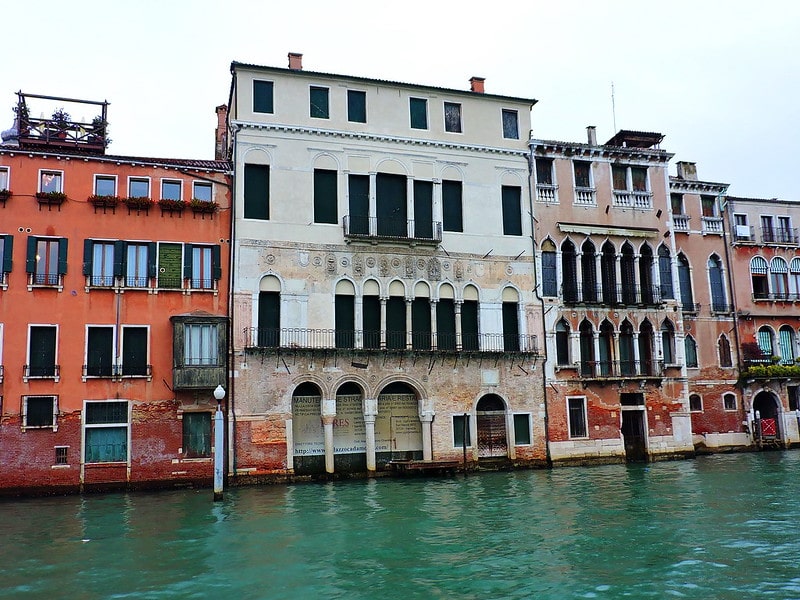
Ca’ da Mosto is not one of the most impressive palazzi that looks out over the Grand Canal; yet, it is also the oldest and among the most aesthetically noteworthy buildings in the area. It was once a fondaco or the residence and place of business of a Venetian trader, and it dates back to the 13th century.
Its canal-side front is asymmetrical, unlike most later palaces. This is a style that was to later grow into the distinctive pointed arches that are characteristic of Venetian architecture.
Alvise do Mosto, the first European to set eyes on the Cape Verde islands, was born there in the 15th century and worked as a navigator for Portugal’s Prince Henry the Navigator. Despite the house’s rundown condition, plans have been discussed to renovate it into a five-star hotel.
Suggested Trailoka: Most beautiful places in Italy
11Fish Market
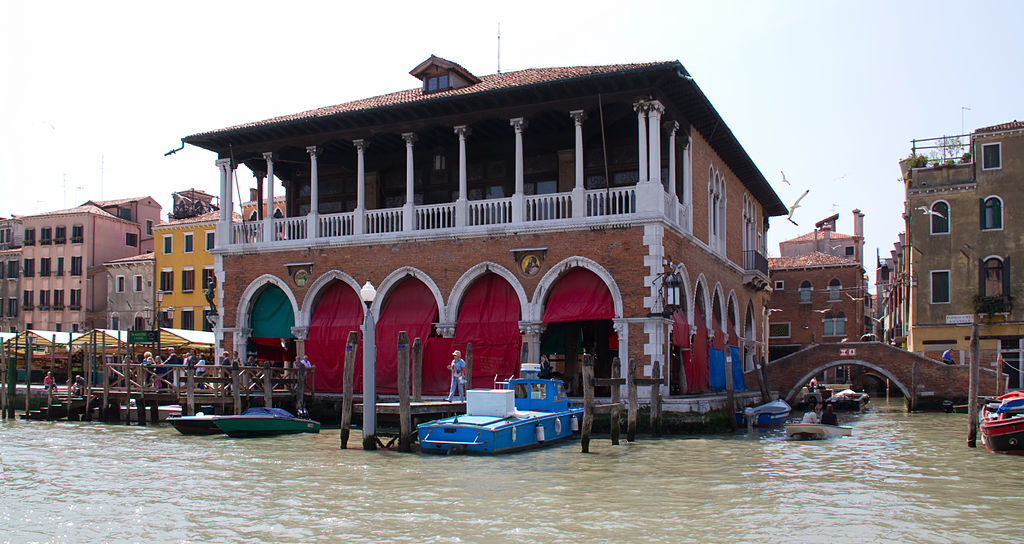
The fish market hall (Pescheria), located on the left side of the road after crossing the Rialto Bridge, was constructed in the Gothic style in 1907. Wonderfully carved capitals support its arches.
Despite its relatively recent appearance, this structure was built on over 18,000 Larchwood piles using a technique that dates back centuries. A popular free activity in Venice is exploring the vibrant food and vegetable market between the Pescheria and Rialto. The Rialto station is the closest one to your location.
12Ca’ d’Oro
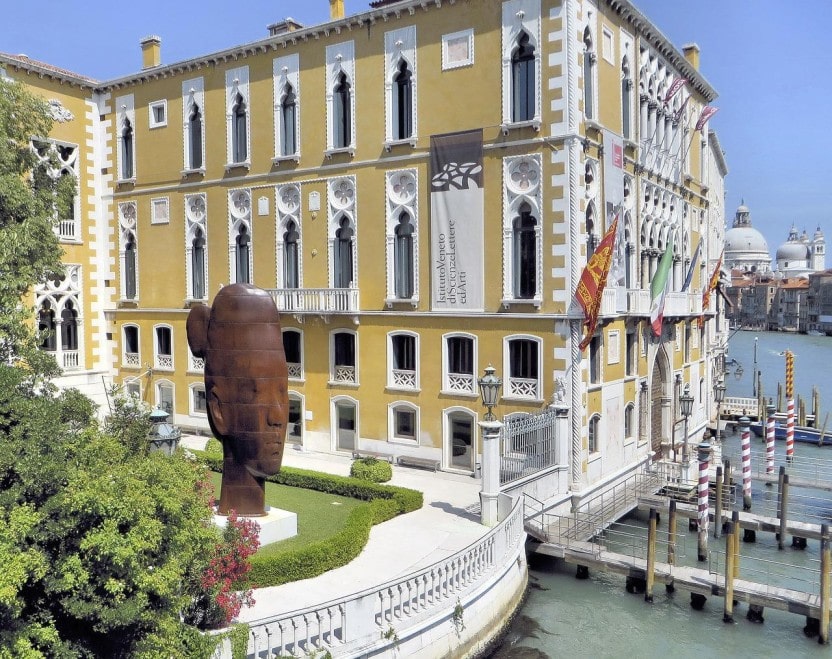
The right side of the canal is home to one of the most stunning buildings in the city: Ca’ d’Oro, a stunning example of Venetian Gothic architecture. This is called as House of Gold, and the used marble filigree artwork of Bartolomeo Bon, who Designed the Porta della Carta inside the Doge’s palace, is probably even more stunning.
The interior, which is now a museum, provides a vivid glimpse into the lifestyle of Venetian nobility in the late Middle Ages. The ground-floor mosaic is a replica of one in St. Mark’s Basilica. Also, the courtyard features a lovely red marble well. Pieces from the Galleria Franchetti’s art collection decorate the palace’s walls, adding to its historical background. With its dedicated stop on the Vaporetto, this is one of the most convenient areas of Venice to explore.
Official website: www.cadoro.org
13Ca’ Pesaro
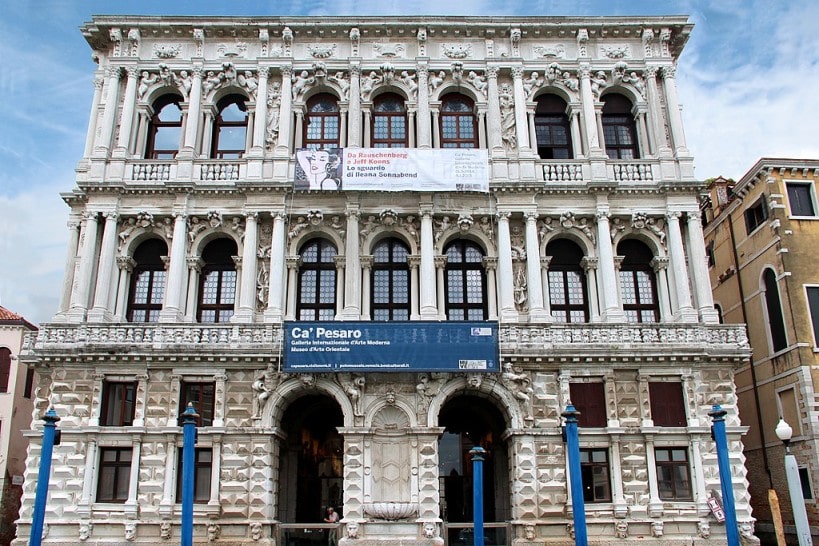
Ca’ Pesaro, located further along and to the left, was constructed from 1652 to 1710 by Antonio Gaspari and Baldassare Longhena. They were both considered experts in Venetian Late Baroque architecture. The Library modeled the beautiful facade that Sansovino designed and built in the Piazzetta.
Collections of contemporary art in Italy are in the Galleria d’Arte Moderna, which occupies a building with an extravagantly decorated interior.
On the third floor of the Museo d’Arte Orientale is a collection of Far Eastern art that is just as impressive as the collection on the other floors of the museum. This collection includes Japanese paintings, Chinese vases, and Indian sculptures. Leave the Vaporetto at the San Stae stop and head in the left direction to reach Ca’Pesaro.
14San Stae
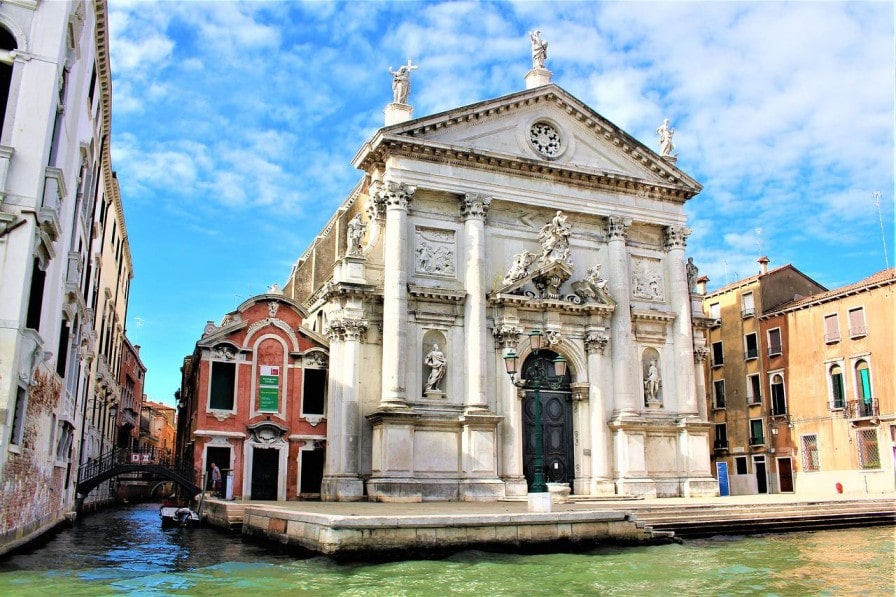
Sant’Eustachio is the correct name for the church that can be found at the left landing stage of San Stae; nevertheless, almost no one uses that name. In the year 1678, Giovanni Grassi constructed it in the form of a Greek cross. Domenico Rossi, a skilled builder, created the facade that faces the Grand Canal thirty years later.
Doge Alvise Mocenigo II was also interred there and was the one who footed the bill for the construction of the church. In addition, there are paintings on display inside the house that artists created in the early 18th century, such as Pellegrini and Tiepolo. There is a stop specifically for San Stae.
15 Palazzo Vendramin-Calergi
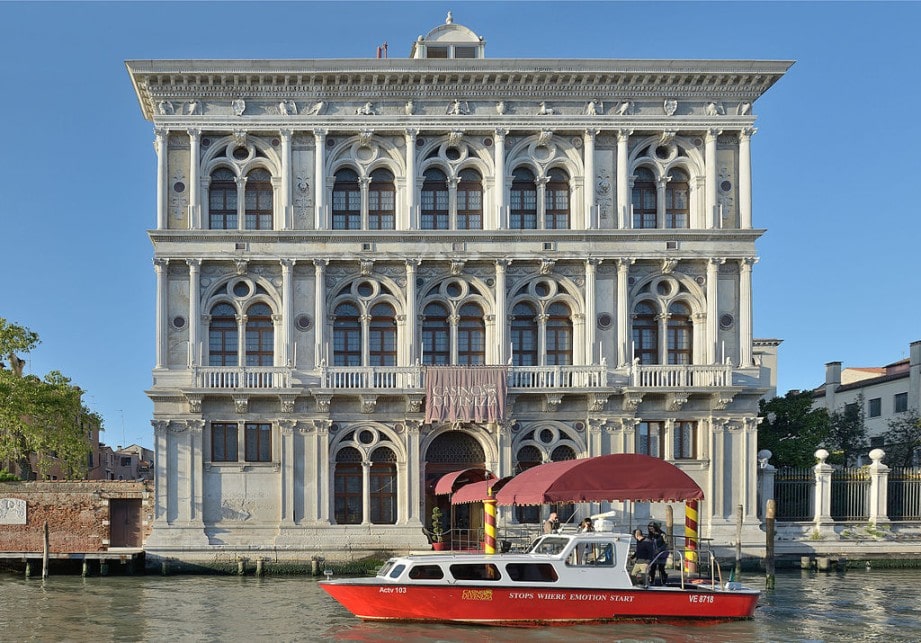
Shortly after passing, San Stae, on the right, is a palace so exemplary of Venetian Renaissance design that it inspired countless other palaces in the city and widespread imitation across Europe during the late 19th century restoration period. It was constructed by Mauro Codussi between the years 1480 and 1504.
Richard Wagner, a German opera composer, and his family visited here on multiple occasions. He ultimately passed away in this hotel in 1883. A modest Wagner museum can be found within the palazzo and serves as a memorial to the composer.
16Fondaco dei Turchi and the Natural History Museum
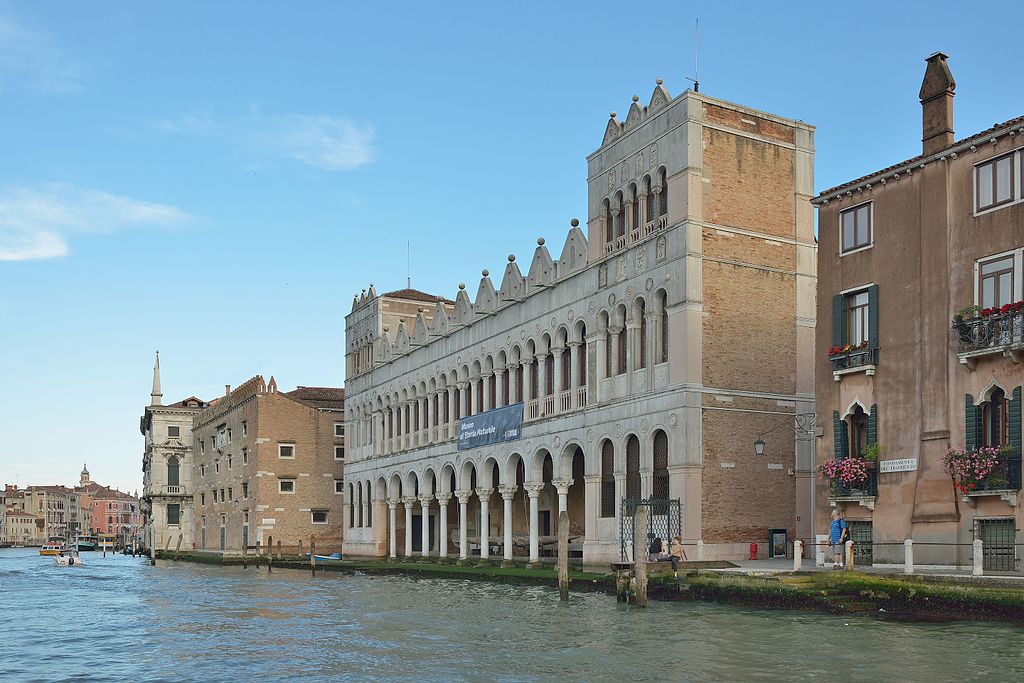
The current structure of this curiously rebuilt building goes back to the middle of the 13th century. It is located practically directly across from the Palazzo Vendramin-Calergi.
The Dukes of Ferrara received Emperor Friedrich III as their visitor in 1452 and 1469. The building served as their palace for the rest of the 14th and 15th centuries until Turkish merchants took it over. It had fallen into complete ruin by the beginning of the nineteenth century. Still, the city attempted to restore it to its 13th-century appearance.
It’s a prime illustration of the medieval trend of blending Byzantine and Venetian styles. There, visitors may check out geology and zoology exhibits and learn about the unique fauna that calls the Adriatic Sea home. Venetian well-heads are showcased in a first-rate installation on the ground floor. Visit the museum by taking a traghetto from the San Marcuola stop on the Grand Canal.
As well, you can find Fondaco del Megio near Fondaco dei Turchi.
Official website: msn.visitmuve.it
17Santa Maria di Nazareth
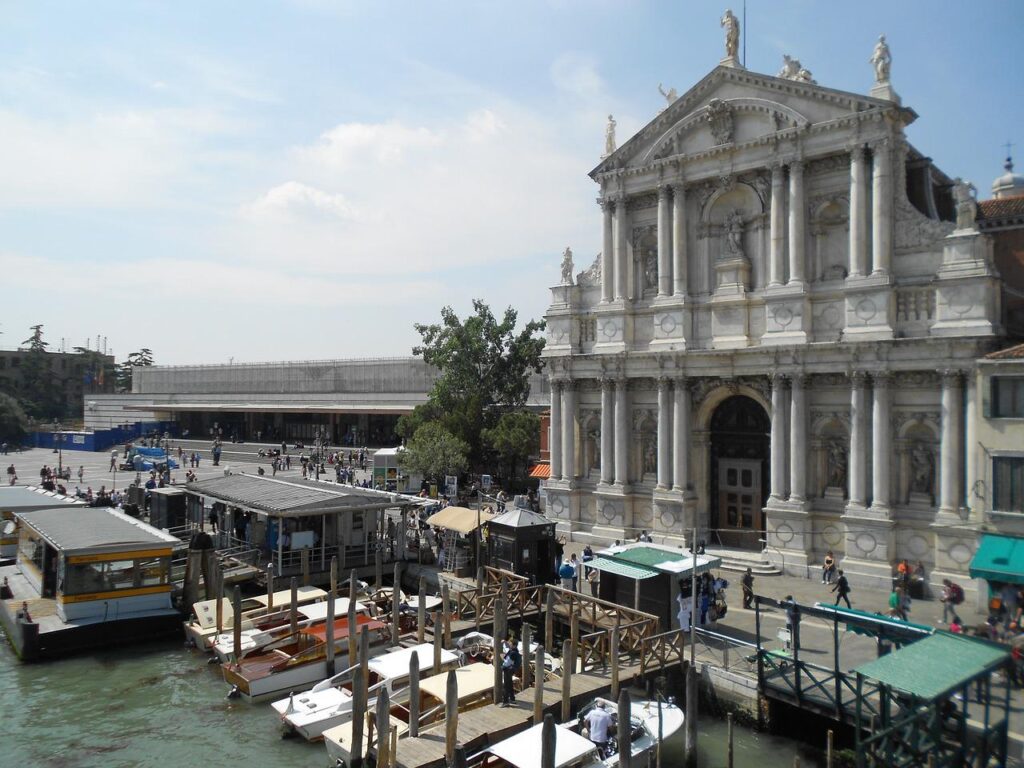
In the 1670s, Baldassare Longhena was responsible for the construction of the magnificent Baroque church that can be found on the right close to the Santa Lucia rail station. Giuseppe Sardi was responsible for adding the superb front with columns and statues. Gli Scalzi is the common name for the church.
The interior of the building is also decorated in a baroque style and features spiral-colored marble columns, statues, gold flourishes, and frescoes. The Glory of St. In contrast, Christ Praying in the Garden of Gethsemane, painted by Tiepolo, can be seen in the third chapel on the left.
Suggested Trailoka: 10 Most Beautiful Places in Venice (With Relaxing Spots)
18Constitution Bridge (Ponte della Costituzione)
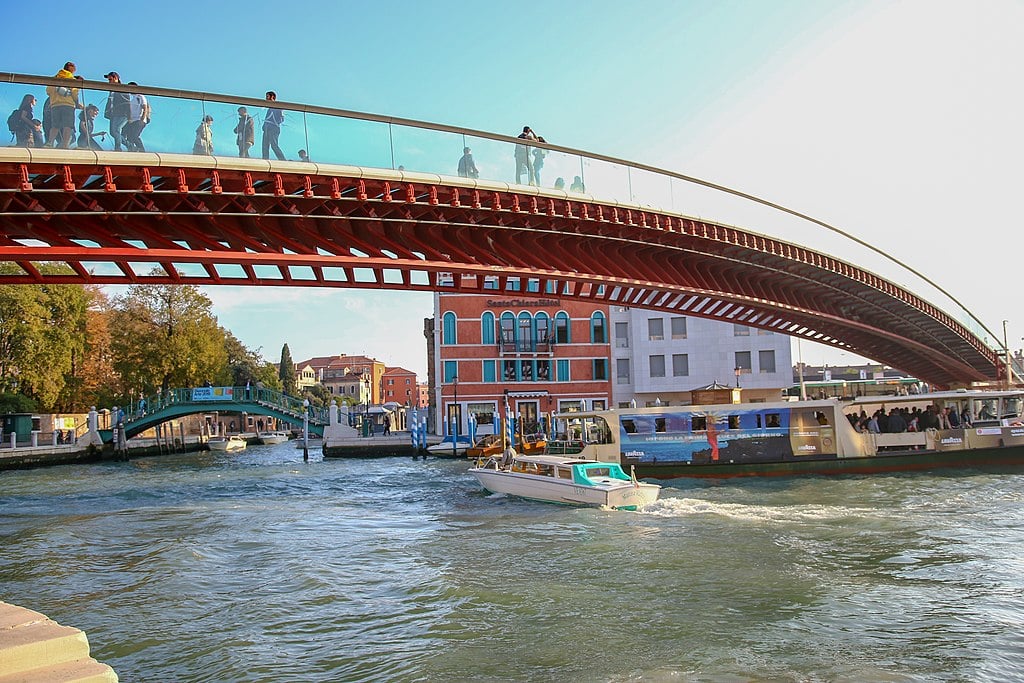
The bridge that was designed by the Spanish architect Santiago Calatrava and constructed in 2007 is not universally well received in Venice. However, they concur that it would be beneficial to build a bridge at the terminus of the Grand Canal.
The design does not pretend to be in keeping with historic Venetian designs; rather, it takes inspiration from prior bridges only in the elegant sweep of its curve. The steel and concrete structure has become an attraction in its own right, much like the other work that Calatrava has done elsewhere; the facade combines Istrian marble and glass.
How do I get to the Grand Canal?
The best way to see the Grand Canal is to take the Vaporetto number one from the Piazzale Roma or the railroad station in the direction of San Marco. The best time to visit Grand Canal is in the evening. After the daytrippers have returned home, the palazzi that line the canal are either floodlit or lighted from within.
How do I Visit & Transport in Grand Canal?
Vaporetto / Alilaguna / Private water taxi
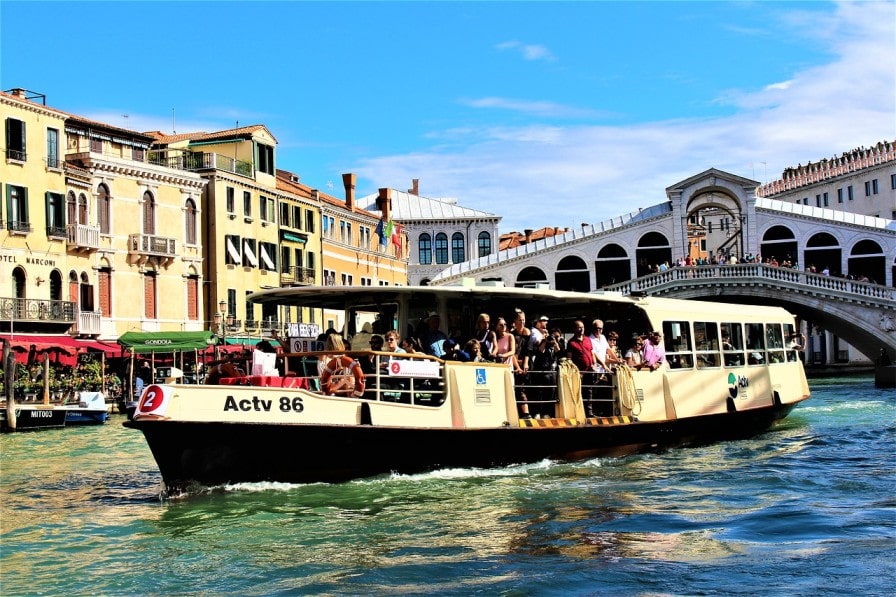
The Vaporetto, which is Venice’s floating public transportation system, can take passengers from San Marco to Porta Roma along the length of the Grand Canal. Alternatively, you can take a motor boat tour with a knowledgeable guide who will not only identify the palaces you see but also slow down and draw closer so you can get a better look.
On the One-Hour Boat Tour, you will not only visit and learn about the beauties of the Grand Canal, but you will also cruise through lesser canals to see churches such as San Giovanni e Paolo and Santa Maria Formosa from the sea.
A visit to the enchanting area of Dorsoduro and a detour to Cannaregio, the location of Venice’s old Jewish Ghetto, are both parts of the long trip. The shorter tour focuses solely on the Grand Canal and its many points of interest.
Traghetti / Traghetto / Gondola
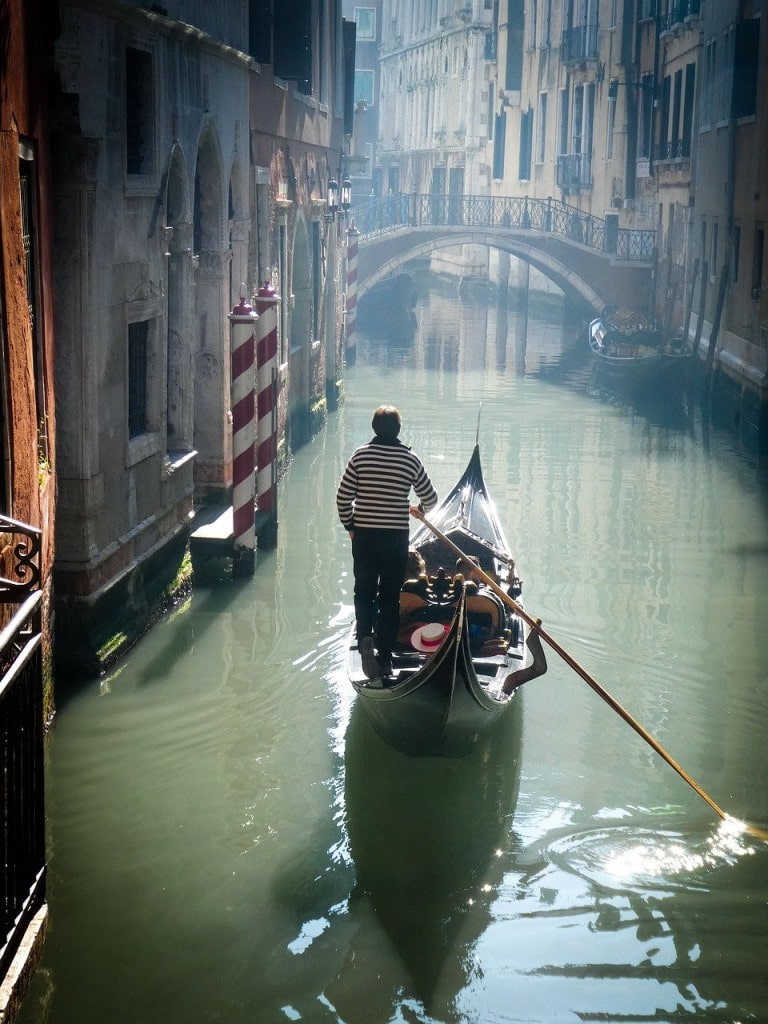
One can take the Traghetti from the Ca’ Rezzonico stop to the San Samuel landing across the canal. A traghetto is a sort of gondola with its luxurious trimmings removed to accommodate standing room and small benches (which Venetians ridicule, preferring to stand) for the journey across the Grand Canal at various locations between bridges.
You can get a Traghetti ride for only two euros, saving you time and energy that would otherwise be spent walking to the nearest bridge. One can find one at the Fish Market past Rialto, another at the San Marcuola stop, and a fourth at the opposite end of the canal not too far from Piazza San Marco.
The Best Time to Visit Grand Canal
The ideal time to visit Venice is late spring and early summer. Unfortunately, the city fills up with tourists on these gorgeous sunny days, so lines to get into museums and other attractions may be quite lengthy.
Most tourists leave Venice from September through November, making it a great time to go. Hotel rates drop, and the canals are deserted, but the cold weather (the upper 30s to mid-70s) is bearable if you bundle up.
We suggest avoiding the summer months of July and August. The mild temperatures and lack of precipitation will make for ideal conditions, but the day will be busy due to the high volume of visitors.
Tips for Grand Canal Trip
- The most expensive ticket for a ride on a Vaporetto in Venice is for a trip down the Grand Canal, but all day passes and longer includes this service. Be careful to scan your pass or single ticket at the machine before boarding.
- You can ride this journey either way from San Marco. Ride in both ways to see each side.
- To view palaces on both sides of the canal, stand outside so you may move easily.
- You’ll encounter crowds on the Vaporetto at any time, but avoid morning and evening commutes and the lunch rush around noon and 2 pm.
- You will not be able to see all the palaces, but many of them are fully lit at night.
Take only memories, leave only Footprints
Useful Links
Best Visiting and Relaxing Places in Italy (Top Regions to Travel )
Most beautiful places in Italy (Top travel spots in Italy)
Best Relaxing Things to do in Northern Italy
Best Relaxing Things to do in Northeast Italy
Best Relaxing Things to do in Southern Italy
Best Relaxing Things to do in Central Italy
Best Safe & Relax Campgrounds In Europe
Best Things to do in San Giorgio Maggiore, Venice, Italy
10 Most Beautiful Places in Venice (With Relaxing Spots)
10 Most Beautiful Places in Florence (With Relaxing Spots)
Most Beautiful Places to Visit in Rome (With Relaxing Spots)
Most Beautiful Places in Naples (With Relaxing Spots)
Share with Your Travel Pocket List
- Santa Maria della Salute
- Peggy Guggenheim Collection
- Palazzo Corner della Ca’ Grande
- Ponte dell’Accademia & Academy of Fine Arts
- Palazzo Grassi
- Ca’ Rezzonico & The Museum of 18th-Century
- Ca’ Foscari
- Ponte di Rialto (Rialto Bridge)
- Fondaco dei Tedeschi (German Commodity Exchange)
- Ca’ da Mosto
- Fish Market
- Ca’ d’Oro
- Ca’ Pesaro
- San Stae
- Palazzo Vendramin-Calergi
- Fondaco dei Turchi and the Natural History Museum
- Santa Maria di Nazareth
- Constitution Bridge (Ponte della Costituzione)
